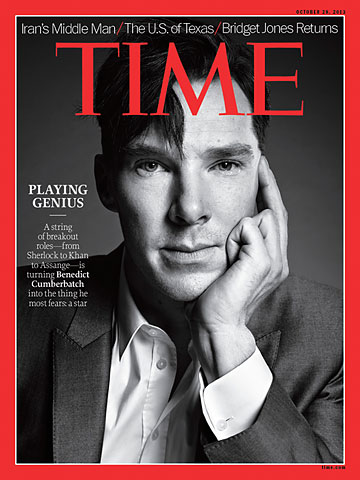(This review of the film “While We’re Young” appeared in the Australian Jewish News in a shorter form on 16 April 2015.)
Written and directed by Noam Baumbach
Starring Ben Stiller, Naomi Watts, Adam Driver, Amanda Seyfried, Charles Grodin, Adam Horowitz and Maria Dizzia
The debate about which American-Jewish film-maker has inherited the mantle of Woody Allen is now closed: it’s Noah Baumbach. With his latest film “While We’re Young”, Baumbach has captured a cultural moment of contemporary upper-middle class American-Jewish angst, at least for the twenty- to fortysomethings who he portrays with incisive wit and intelligence.
For those in the “know”, Brooklyn is now the centre of American urban intellectual and artistic achievement. It’s where Baumbach (and Allen) grew up, and where most of “While We’re Young” is set.
Ben Stiller stars as Josh Srebnick, a socially aware documentary director with the film-maker’s version of writer’s block: he has struggled for seven years to finish editing his latest film, a convoluted investigation into political and social issues. Josh’s life is in simmering mini-crisis: at age 44 (the same age as Baumbach when he made the film), he and his wife Cornelia (Naomi Watts) have no children and are uncertain of what next to do in life. Cornelia is the daughter of Leslie Breitbart (Charles Grodin), an eminent documentary maker (likened to Frederick Wiseman) who mentored Josh in his early career but from whom he now estranged.
Josh and Cornelia’s dilemma is highlighted by their strained friendship with their close friends Marina (Maria Dizzia) and Fletcher (Beastie Boys singer Adam Horovitz), who are in the throes of new parenthood with all of the lifestyle changes that brings. Josh teaches a continuing education course on film, which is where he first meets Jamie (Adam Driver, enthusiastically playing a version of his familiar screen persona) and Darby (Amanda Seyfried), a young married couple who define the new “hip” with their retro vinyl record and VHS collections. The young couple’s take on life engages and delights Josh and Cornelia, with Josh soon mentoring Jamie’s own film development.
In less than 100 minutes, “While We’re Young” deftly touches on many of life’s big issues: mentorship, fame, achievement, professional and personal disappointments, middle age angst, the passing of the flame, and what is truth and justice. It’s funny and clever, with lines such as, “before we met, the only feelings I had were wistful and disdainful”.
“When We’re Young” plays homage to Woody Allen’s 1989 film, “Crimes and Misdemeanors”, an existential comedy-drama and meditation on the existence of evil. Like Woody Allen’s character in “Crimes”, Ben Stiller’s character’s unfinished film focuses on an ageing Jewish intellectual, a “Dr Ira Mandelstam”, a Professor of American Studies at Columbia University.
“While We’re Young” is also a considered and nuanced portrayal of modern intellectual Jewish life. Although the word “Jew” is never mentioned, the choice of the obviously Jewish names “Srebnick”, “Breitbart” and “Mandelstam” makes it clear that this world is a thoroughly Jewish one – at least the men. The matching of Stiller and Grodin is also a fascinating and clever in-joke. Both are strongly Jewish-identified actors who acted in same lead role as Lenny/Eddie Cantrow in the two film versions (1972 and 2007) of “The Heartbreak Kid”, a classic story of Jewish assimilation.
From the opening moments – white Times New Roman print on a black screen (recognise the Woody Allen format?) of lines from an Ibsen play – to its emotionally satisfying ending, “While We’re Young” is an intellectual comedy of manners that does not ignore the heart. Filled with strong performances playing warm and appealing characters, this film is much like the world it portrays: smart, hip, incisive, intelligent and with just enough flaws to make it real.
 (photo above: Ben Stiller and Charles Grodin in “While We’re Young”)
(photo above: Ben Stiller and Charles Grodin in “While We’re Young”)



 Posted by donperlgut
Posted by donperlgut 


